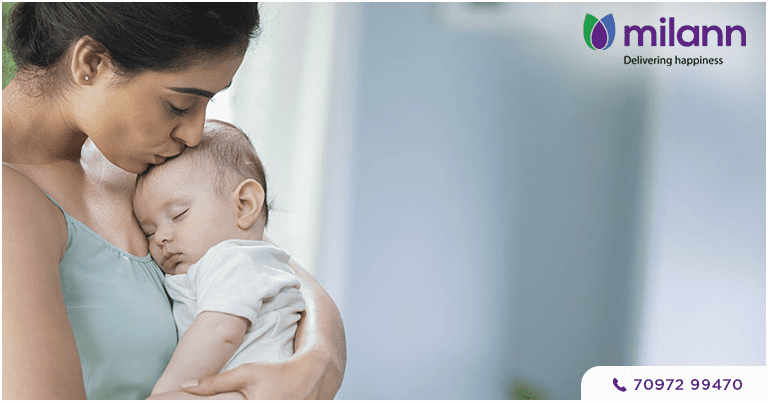
There are many happy stories about couples whose families were thrilled by successful IVF treatment. At the same time however, the techniques of IVF has been rather rashly abused, resulting in twins or even triplets. This can be directly attributed to the common practice of transferring multiple embryos to the uterus to enhance pregnancy rates.
The creation of an instant family of two or more may sound wonderful to couples who struggled for years to conceive and to older women nearing the end of their best childbearing years. But, as “cute” as twins and triplets may seem, multiple pregnancies is loaded with complications that compromise a successful outcome and the health of mothers and their babies. Although transferring multiple embryos could result in a higher pregnancy rate, many of those babies are born prematurely and spend weeks or months in a neonatal intensive care unit. Mothers with multiple pregnancies are also at higher risk of developing pregnancy-related complications including miscarriage, high blood pressure, gestational diabetes, premature labour, placental abnormalities, caesarean delivery and prolonged hospitalization. In the latest advisory in August, 2018, the American College of Obstetricians and Gynaecologists stated that “electively” transferring just one embryo at a time can achieve high pregnancy rates with less risk to babies and mothers. Guidelines by the National institute for Health and Care Excellence (UK), suggests that usually one, but a maximum of two embryos may be transferred on the basis of patient age, number of IVF cycles attempted by the patient and quality of embryo. The guideline stresses on the importance of patient safety as the primary guiding principle for treatment provided. The costs of IVF — often in the range of Rs 1.5 lakhs a cycle — can prompt “to be mothers” to request multiple embryo transfers in the hope of completing a family within one treatment cycle. What they forget is that one embryo transfer is more cost-effective than two embryo transfer when all the costs associated with multiple gestations are taken into account. Furthermore, if a patient has more than one healthy embryo available for transfer, the extras can be frozen and used later at a much lower cost. Unfortunately, prospective IVF patients who check clinic websites are easily misled. Consumers can be easily overwhelmed by the available data and be unable to distinguish between good medical practices and a sales pitch. There’s also a tremendous focus on getting patients pregnant, and clinics tend to downplay the risks of multiple pregnancies. Milann is concerned about the safety of multiple gestations and births for both mothers and their babies and always insists on only one, and at most, two healthy embryos be transferred at a time. Couples, parents, and immediate family must consider twin pregnancy to be an undesirable outcome. This can be completely avoided if doctors and patients agree that single embryo transfer is the right option to choose. This will be good for the mother and great for the baby.We use cookies and IP addresses to improve site performance and understand user interests. This data does not personally identify you unless you voluntarily provide information. Third-party advertisers may also use cookies.
OKPrivacy Policy